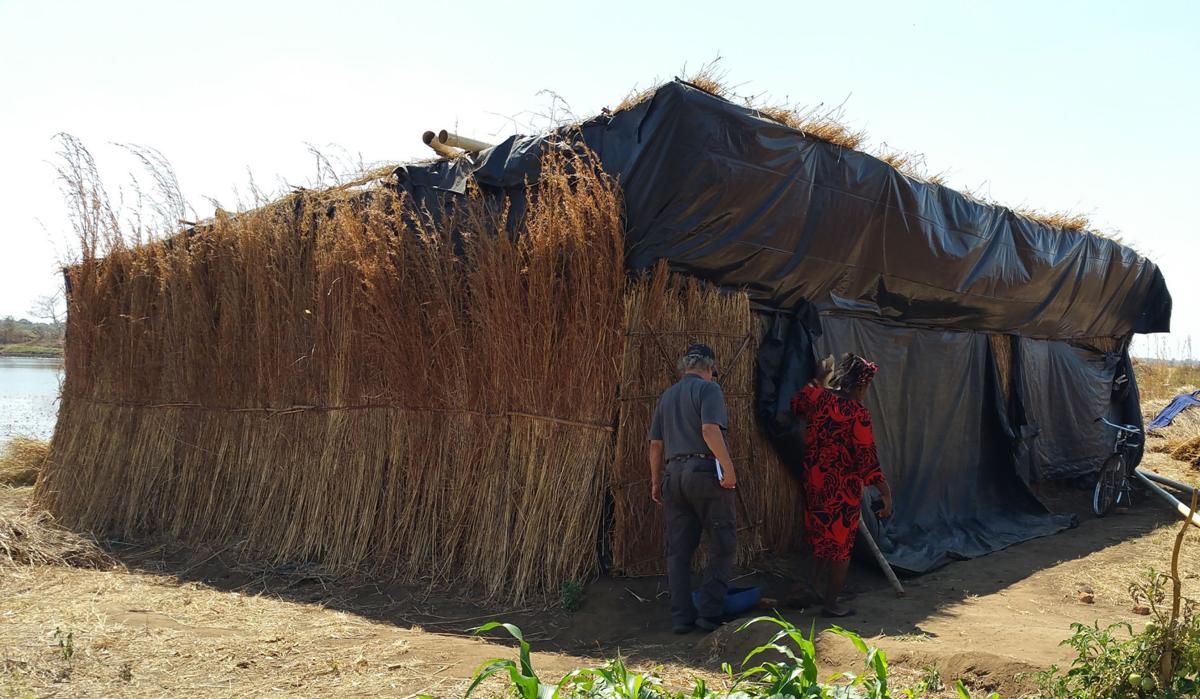Magic Mushrooms
Whilst
scouring the internet for new material to blog about, I accidentally stumbled
across a really interesting article in The Guardian (2014). Initially side
tracked, I was reading an off-topic article about an orphaned 10-year-old girl
from rural Zimbabwe who was set to marry a man 30 years her senior. The article
described how she overcame her struggles and now runs her own charity to help other
girls in similar predicaments. She achieved this by growing mushrooms. Having somewhat
naively only ever associated mushrooms with forestland and western cuisine, I
was shocked to learn that mushroom cultivation is becoming more and more
popular across Africa.
 |
| Chido Govera, the founder of The Future of Hope |
A
paper in the African Journal of Biotechnology uses Ghana as a case study for
the sustainable production of mushrooms. The study looks at the success rates
of using various types of organic waste as fertilisers to grow mushrooms
(Atikpo et al., 2008). They found that P. eous hybrid, otherwise known as Oyster mushrooms, produced the
fastest rate of mycelial growth, completely colonizing the substrate within 26
days. Mushrooms are most ideal for farmers in arid countries as they don’t contain
chlorophyll and so do not need any sunlight to grow. Hence, they can be grown
indoors in places such as sheds away from the sunlight, and any water is
protected from evaporation.
 |
| Figure 2: A mushroom farm |
Aside
from being quick and simple to grow, mushrooms are a more valuable source of
protein than both meat and fish based on the amount of protein per gram in dry
weight (Hafiz et al., 2003). They have the capacity to convert
agricultural waste, such as fish waste, into high protein food (Chang and Hayes, 1978). When dry, a
mushroom can contain between 21-40% protein, depending on the species (Atikpoet al., 2008). Following recommendations
from the Food and Agricultural Organization, mushrooms have become a staple
food in Ghana, where malnutrition due to a lack of protein is rife.
The Future of Hope’s mushroom
project, set up by the orphaned girl (now woman) from the article, aims to combat both
malnutrition and poverty amongst orphans. The project teaches orphans how to
cultivate mushrooms using a wide range of techniques, such as the widely used ‘plastic
bag’ method, and their pioneering ‘coffee grounds’ technique. Currently the
project is only running in Zimbabwe but is hoping to expand.

Hi Emma.
ReplyDeleteInteresting post - I definitely learnt a few things. What do you think the likelihood is of this expanding into other countries? It seems that the project has the potential to be very successful, so surely expanding this project would seem more than feasible.
Hi Bailey.
DeleteThere are actually several projects similar across Africa, as mushroom farming has been around for years. This particular project is already pretty successful and expansion will definitely happen.